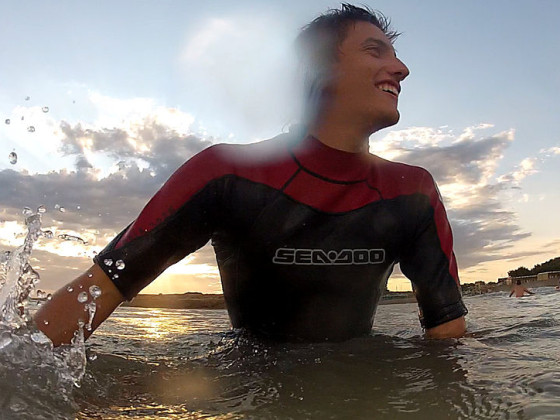MAR DEL PLATA IS the surf city of Argentina. 600,000 people live in this beach town south of Buenos Aires, and sometimes it seems like most of them are out in the lineup. The waves aren’t the greatest in the world, but the vibe is stellar and the locals know how to party.
Fall and winter pack the best swell, with Antarctic currents making the water feel like, you know, it’s coming from the Antarctic.
During the summer the beaches are literally packed with Porteños, vacationers from Buenos Aires, as well as sun-seekers from the rest of the country. While the swell tends to die, the water temperature rises nicely…like the countless thongs and killer nightlife.
